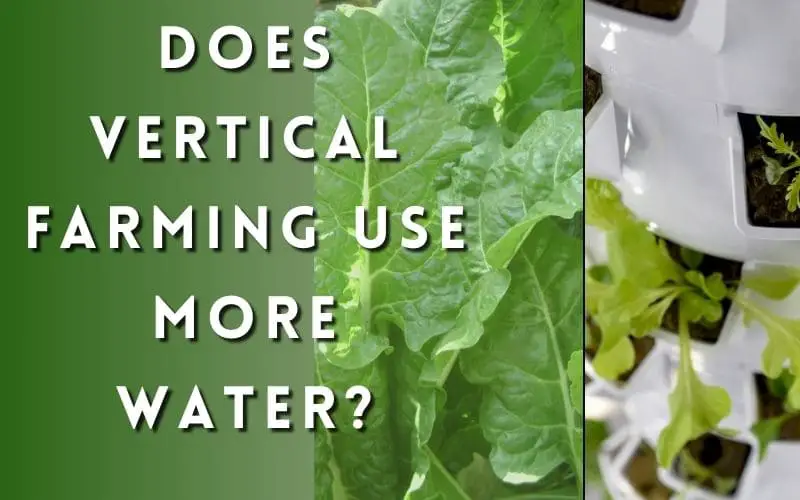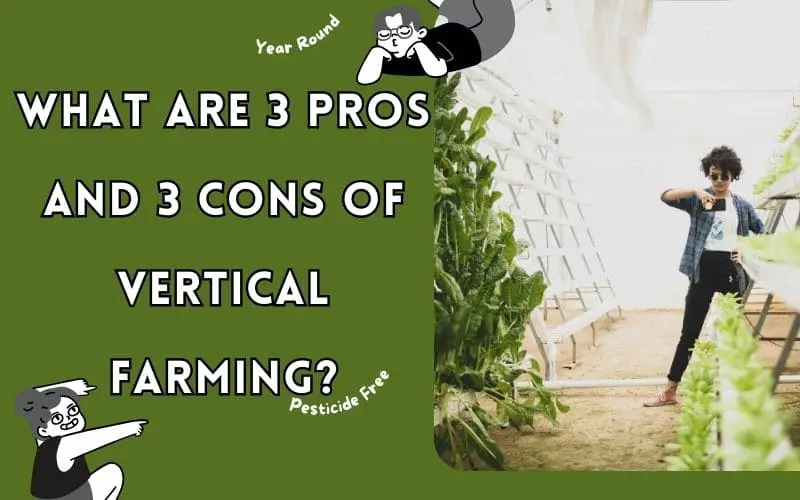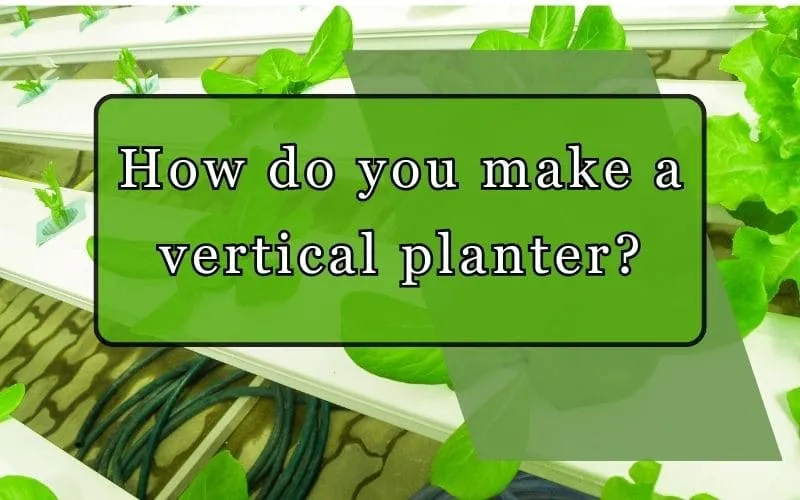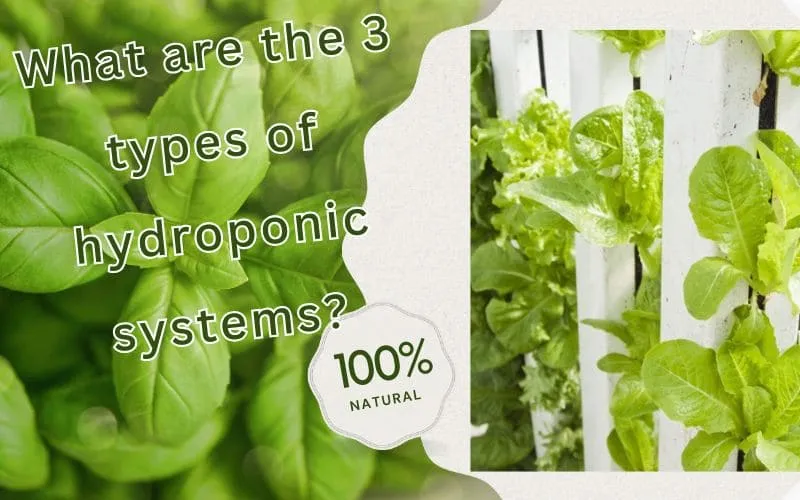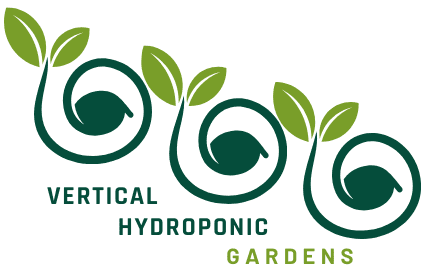What are the 3 main disadvantages of hydroponic farming?

Introduction
Welcome to our blog, where we dive deep into the world of vertical hydroponic gardening. In this article, we will explore the three main disadvantages of hydroponic farming, shedding light on challenges that hydroponic farmers face. Understanding these drawbacks is essential for anyone looking to venture into this innovative farming method.
Disadvantages of Hydroponic Farming
Answer to the Question
When addressing the question, ‘What are the 3 main disadvantages of hydroponic farming?’ we uncover several key challenges that hydroponic farmers encounter on a regular basis:
- Lack of natural nutrient cycling: In traditional soil-based farming, natural nutrient cycling occurs, replenishing the soil with essential nutrients. However, in hydroponic systems, this natural process is disrupted, leading to the need for careful monitoring and precise nutrient delivery to the plants.
- Root diseases and pathogen susceptibility: Without the buffer of soil, hydroponic plants are more susceptible to root diseases and pathogen attacks. Achieving an optimal balance of moisture and oxygen in the root zone is crucial to prevent these issues.
- Fluctuations in pH and nutrient levels: Maintaining the correct pH and nutrient levels in the hydroponic solution can be challenging, and fluctuations in these factors can negatively impact plant health and productivity.
Lack of Nutrient Diversity
Lack of Nutrient Diversity
One of the drawbacks of hydroponic farming is the limited diversity of nutrients available to the plants. Unlike traditional soil-based farming, where plants can naturally access a wide array of nutrients from the soil, hydroponic systems require precise nutrient solutions. This reliance on artificial nutrient delivery can restrict the overall nutrient diversity, potentially impacting the long-term health and vitality of the plants.
Reliance on Technology
Reliance on Technology
- Hydroponic farming relies heavily on technology to create and maintain the optimal growing environment.
- The use of sophisticated equipment, such as pumps, grow lights, and environmental control systems, is vital for the success of hydroponic farming.
- This technological dependence introduces a level of complexity and maintenance that exceeds traditional farming methods.
- Power outages or equipment malfunctions can pose a substantial risk to the entire hydroponic operation due to its heavy reliance on technology.
- Innovations in technology continue to drive improvements and efficiencies in hydroponic farming, demonstrating the integral role of technology in this method of cultivation.
Vulnerability to System Failure
Hydroponic farming systems are susceptible to potential failures, which can be detrimental to the entire crop production. With reliance on pumps, irrigation systems, and nutrient delivery mechanisms, any malfunction or breakdown in the system can have devastating effects on the crops. This vulnerability emphasizes the critical need for consistent monitoring and maintenance of the hydroponic infrastructure.
Conclusion
In conclusion, while hydroponic farming offers many benefits such as increased crop yields and efficient use of resources, there are also several disadvantages to consider.
These include a lack of nutrient diversity, reliance on technology, and vulnerability to system failure. One of the main disadvantages of hydroponic farming is the lack of nutrient diversity.
Unlike traditional soil-based farming, hydroponic systems rely on a specific nutrient solution to provide plants with the necessary nutrients. This can lead to a limited range of nutrients being available to the plants, potentially resulting in nutrient deficiencies and affecting the overall health of the crops.
Another disadvantage is the reliance on technology. Hydroponic systems require precise control of environmental factors such as temperature, humidity, and pH levels. This means that any malfunction or failure of the technology can have a significant impact on the crops.
Additionally, the initial investment in setting up a hydroponic system can be costly, making it less accessible for small-scale farmers.
Lastly, hydroponic farming is vulnerable to system failure. As with any technology, there is always a risk of malfunction or breakdown. In the case of hydroponic systems, this can result in a complete loss of crops if the issue is not addressed promptly. This vulnerability highlights the importance of proper maintenance and monitoring of the system.
In conclusion, while hydroponic farming has its advantages, it is not without its drawbacks. It is important for farmers to carefully consider these disadvantages and weigh them against the potential benefits before deciding to adopt this method of farming. With proper planning and maintenance, however, hydroponic farming can be a sustainable and efficient way to grow crops.
